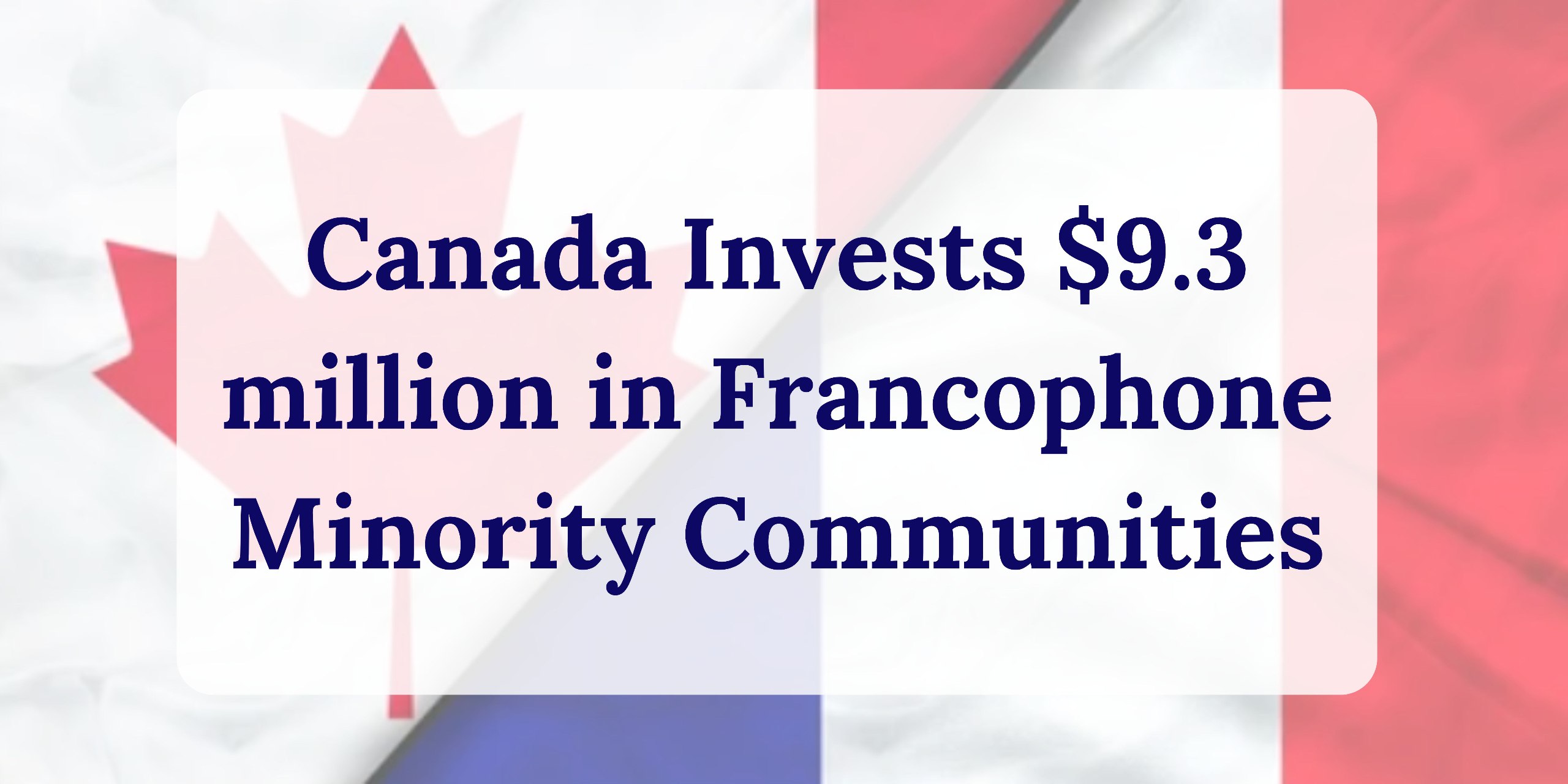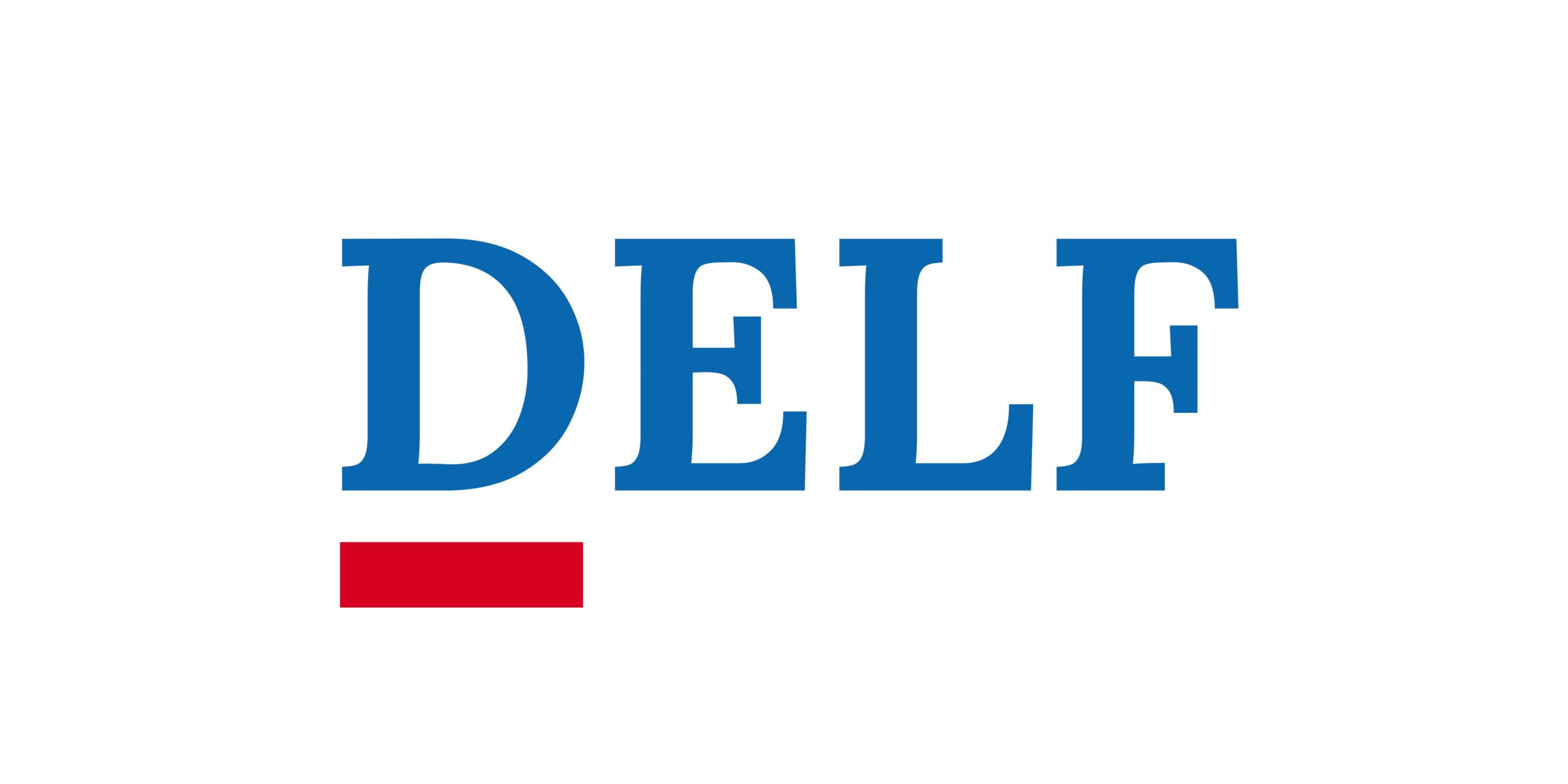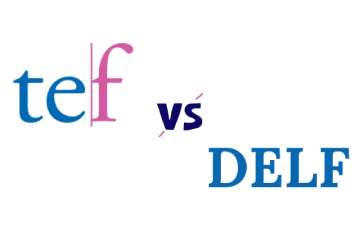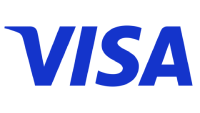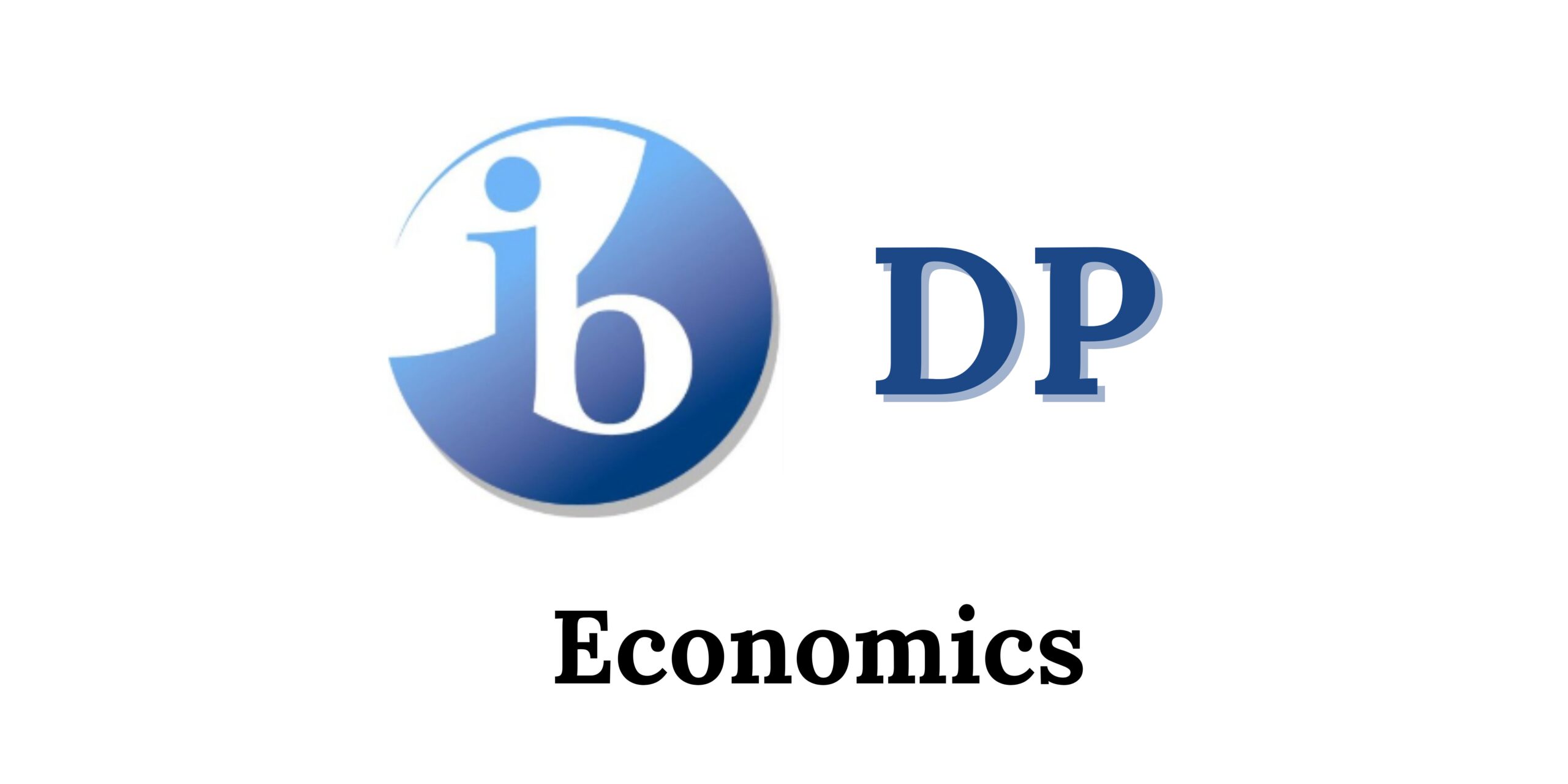
Central to economics is the issue of scarcity: the world’s population has unlimited wants, but resources are limited, requiring choices. The DP economics course (SL and HL) explores these choices across three levels:
• Microeconomics: choices by producers and consumers in individual markets
• Macroeconomics: decisions at the national level involving government and economic policy
• Global economy: interdependent international trade and labor movement
Students are encouraged to research current global issues to understand the strengths and limits of economic models in explaining real-world outcomes. The course focuses on six major issues through nine core concepts: scarcity, choice, efficiency, equity, well-being, sustainability, change, interdependence, and intervention, fostering skills for responsible global citizenship.
The DP economics course aims to help students:
• Build a critical understanding of economic theories, models, and tools in microeconomics, macroeconomics, and the global economy.
• Apply these theories and tools to analyze data and engage with real-world economic issues affecting individuals and societies.
• Understand the choices, interactions, and consequences of economic decisions on both personal and societal levels.
For general information about the International Baccalaureate (IB) program, visit this link.
Components of the curriculum
| Syllabus component | SL teaching hours | HL teaching hours |
|---|---|---|
| Unit 1: Introduction to economics 1.1 What is economics? 1.2 How do economists approach the world? | 10 | 10 |
| Unit 2: Microeconomics 2.1 Demand 2.2 Supply 2.3 Competitive market equilibrium 2.4 Critique of the maximizing behaviour of consumers and producers 2.5 Elasticity of demand 2.6 Elasticity of supply 2.7 Role of government in microeconomics 2.8 Market failure—externalities and common pool or common access resources 2.9 Market failure—public goods * 2.10 Market failure—asymmetric information * 2.11 Market failure—market power * 2.12 The market’s inability to achieve equity | 35 | 70 |
| Unit 3: Macroeconomics 3.1 Measuring economic activity and illustrating its variations 3.2 Variations in economic activity— aggregate demand and aggregate supply 3.3 Macroeconomic objectives 3.4 Economics of inequality and poverty 3.5 Demand management (demand-side policies)—monetary policy 3.6 Demand management—fiscal policy 3.7 Supply-side policies | 40 | 75 |
| Unit 4: The global economy 4.1 Benefits of international trade 4.2 Types of trade protection 4.3 Arguments for and against trade control/ protection 4.4 Economic integration 4.5 Exchange rates 4.6 Balance of payments 4.7 Sustainable development 4.8 Measuring development 4.9 Barriers to economic growth and/or economic development 4.10 Economic growth and/or economic development strategies | 45 | 65 |
| Internal assessment Portfolio of three commentaries | 20 | 20 |
Assessment
The DP economics course has four key assessment objectives for SL students:
1. Knowledge and Understanding:
– Demonstrate understanding of course content, shared SL/HL syllabus, current economic issues, data, and HL extension topics.
2. Application and Analysis:
– Apply economic theories to real-world situations, interpret data, and analyze economic information within specific contexts. In internal assessments, explain the connection between core economic concepts and commentaries, including HL extension topics.
3. Synthesis and Evaluation:
– Examine and assess economic theories, build arguments using concepts and examples, evaluate information and theories, and use data with economic theory for policy recommendations, especially in HL topics.
4. Use of Appropriate Skills:
– Create structured written work using economic theory and terminology, use diagrams to clarify concepts and real-world issues, interpret news and data, and apply quantitative techniques to analyze economic relationships.
| Type of assessment | Format of assessment | SL (hours) | Weighting of final grade SL | HL (hours) | Weighting of final grade HL |
|---|---|---|---|---|---|
| External assessment | 3 hours | 70% | 4 hours 45 mins | 80% | |
| Paper 1 | Extended response paper based on all units of the syllabus | 1.15 | 30% | 1.15 | 20% |
| Paper 2 | Data response paper based on all units of the syllabus | 1.45 | 40% | 1.45 | 30% |
| Paper 3 (HL only) | Policy paper based on all units of the syllabus | — | — | 1.45 | 30% |
| Internal assessment | |||||
| Portfolio | Three commentaries based on different units of the syllabus (except the introductory unit) and from published extracts from the news media, analysed using different key concepts | 20 hours | 30% | 20 hours | 20% |
If you need help with Economics or any other subject, our tutors are ready to support you on your academic journey. Don’t miss your chance to succeed—take a trial lesson today!

